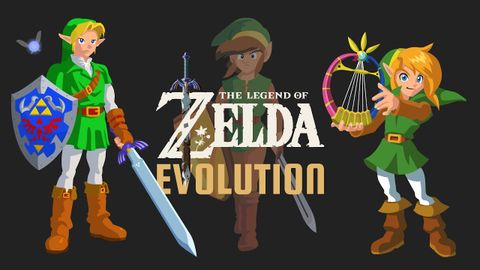塞尔达传说的演变(Evolution of The Legend of ZELDA (Animation))
joey joey 發佈於 2021 年 05 月 28 日  沒有此條件下的單字
沒有此條件下的單字US /sɪɡˈnɪfɪkənt/
・
UK /sɪgˈnɪfɪkənt/
US /ˈʌltəmɪt/
・
UK /ˈʌltɪmət/
- adj.最終的;基本的;根本的;最好的;最終的;最大
- n.飛盤爭奪賽;極致;終極
US /ˈmʌltəpəl/
・
UK /ˈmʌltɪpl/
- adj.多重的;多種的;多發性的;多重的
- n. (c.)多;多個的;乘數
- pron.多重的
US /ˈkærəktɚ/
・
UK /'kærəktə(r)/
- n.角色,人物(故事,電影或戲劇中);字,字體;性格;特點;人物(一般用法);名譽;名聲

